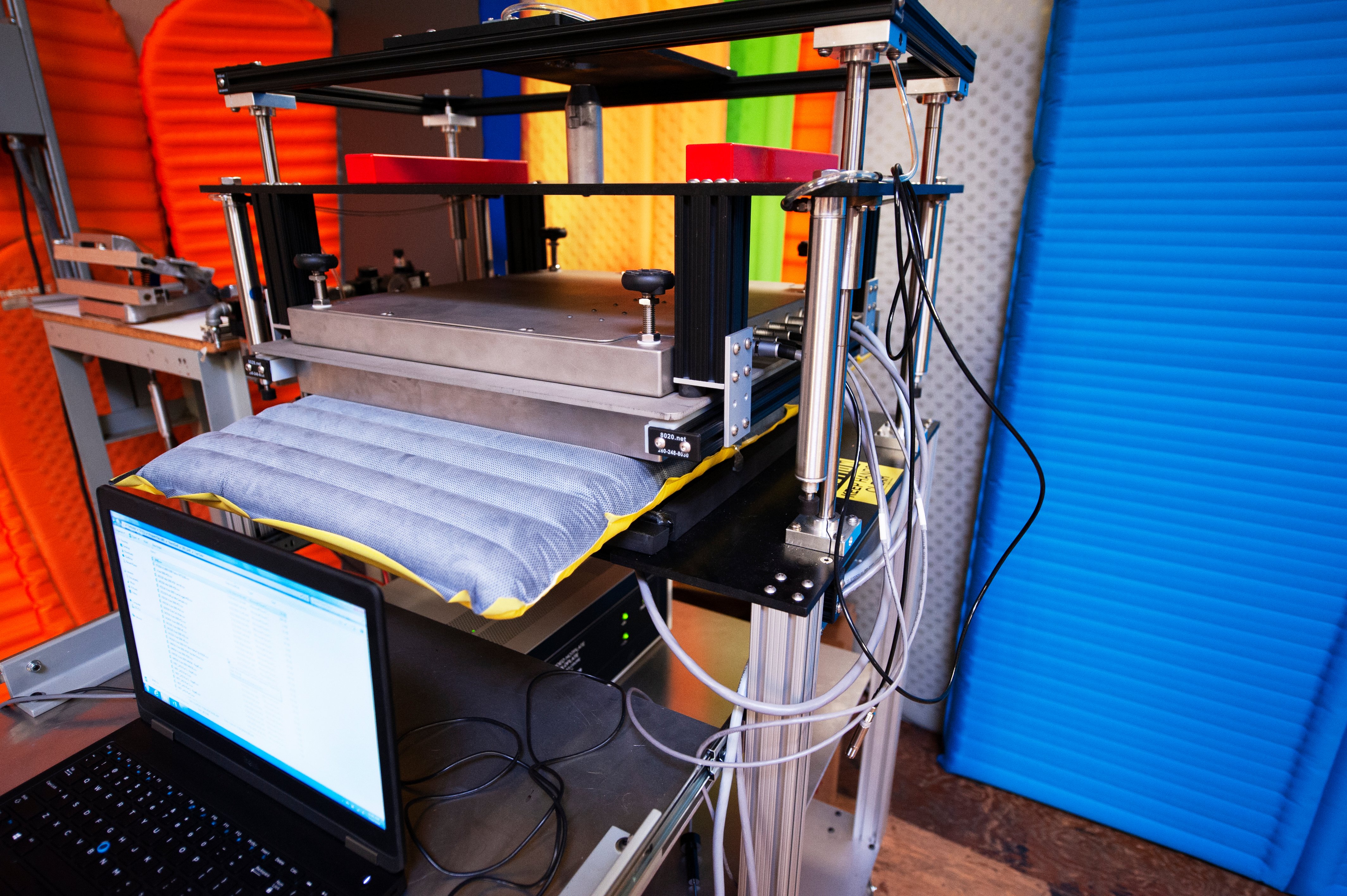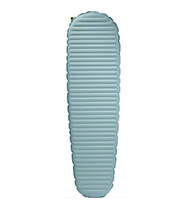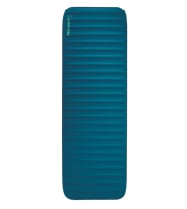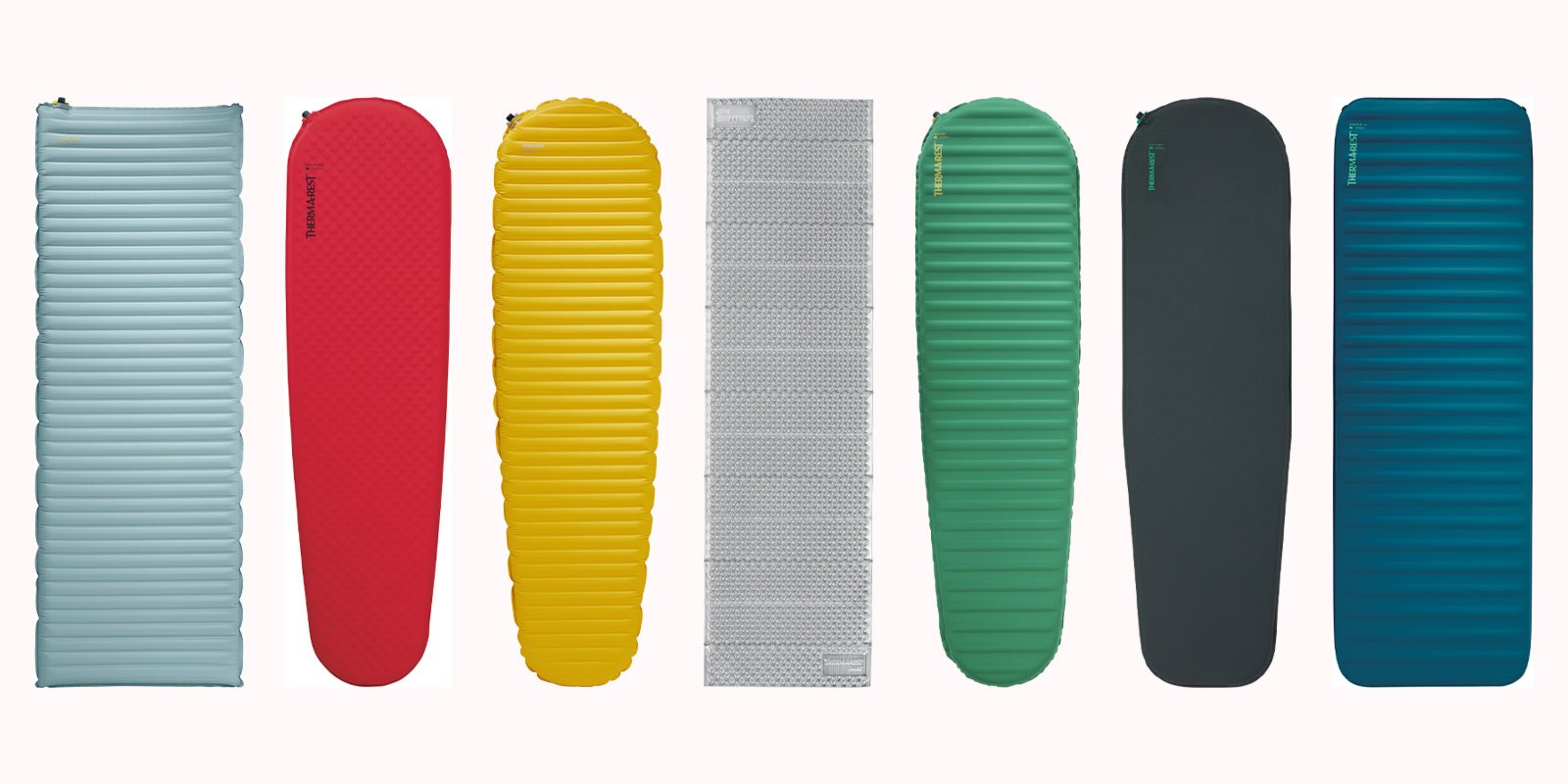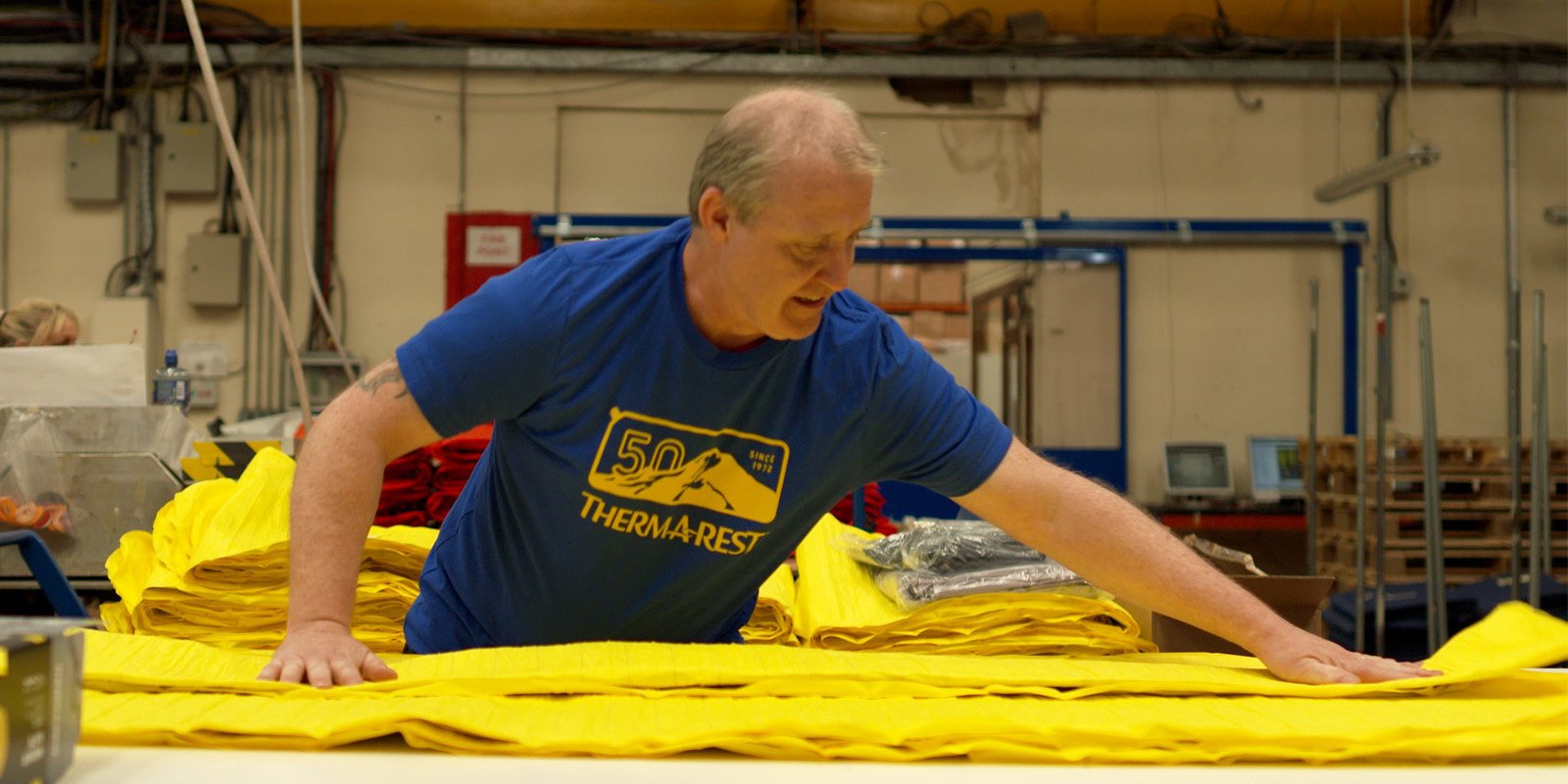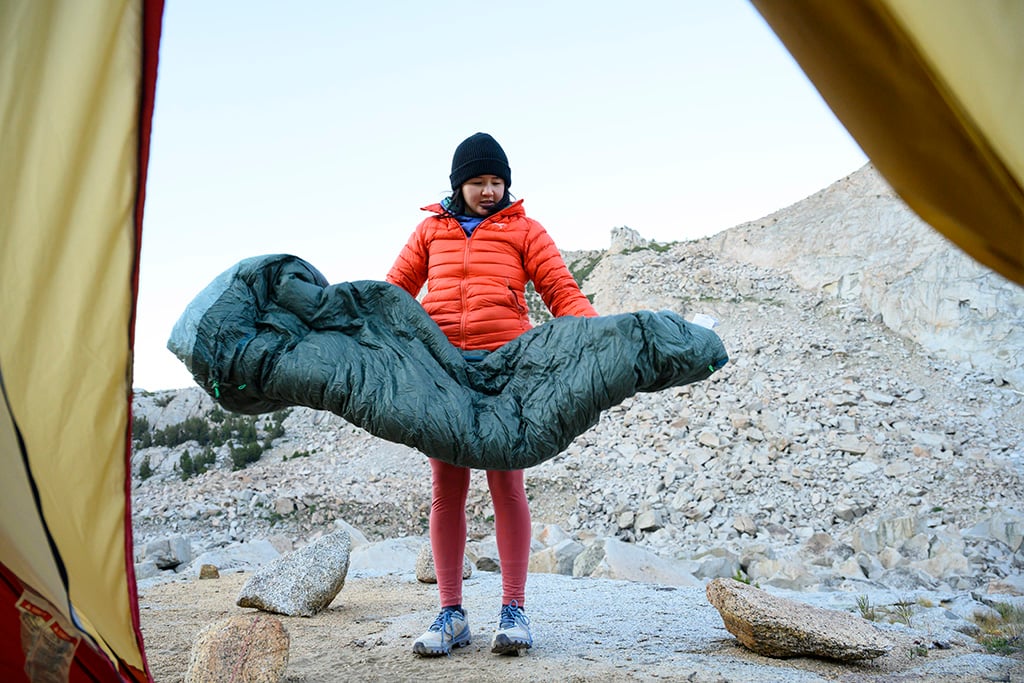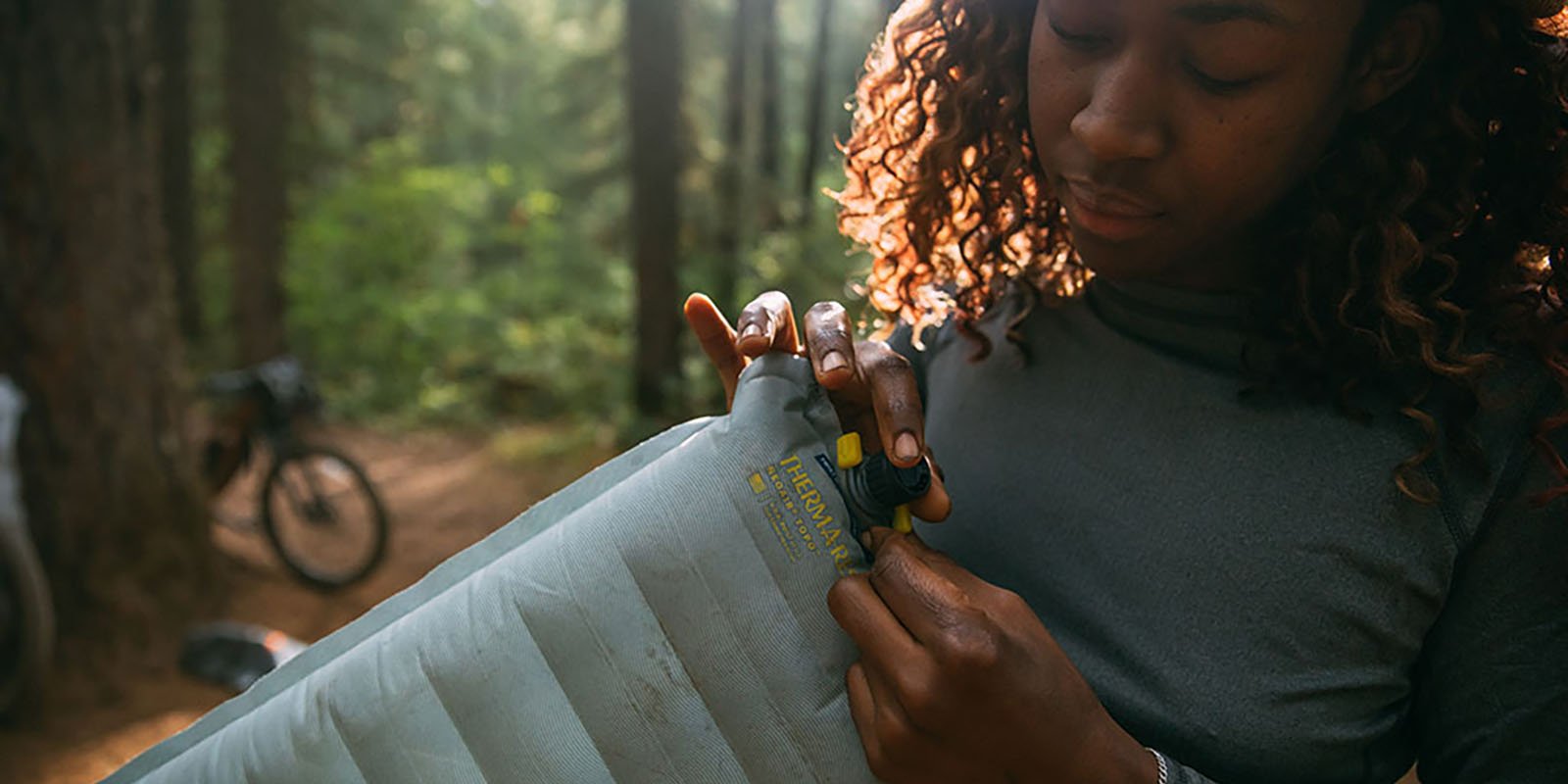One of the key considerations in purchasing a sleeping pad is warmth. For years, R-value–a measure of a material’s resistance to let heat through–has been the standard that most pad manufacturers have used to rate their warmth. However, with a little research, it became readily apparent to us (and lots of people in the field) that not everyone was determining R-value with the same test, and some companies were trying to use temperature ranges and other subjective measures to rate their pads. This resulted in some wild claims about sleeping pad warmth and a lot of confusion and disappointment with users in the backcountry–something that was bad for everyone involved.
To fix that problem, in 2016, Therm-a-Rest, along with a group of other sleeping pad manufacturers, began developing a standard methodology for rating the insulative properties of sleeping pads. that would become known as the ASTM F3340-18 standard. This standard allows campers to look at two or more sleeping pads and directly compare the R-value of each.
What is the ASTM F3340-18 R-Value Standard?
Similar to EN/ISO ratings for sleeping bags, the ASTM R-value standard ensures an “apples-to-apples” comparison of R-value for the sleeping pad market. As mentioned, R-value is a measure of a material or structure’s thermal resistance to heat loss. In this case, the structure is your sleeping pad. The higher the R-value, the more thermally resistant the material or structure is. This number gives a definitive rating for customers to compare the warmth of various pads, allowing them to find the right sleeping pad for their needs.
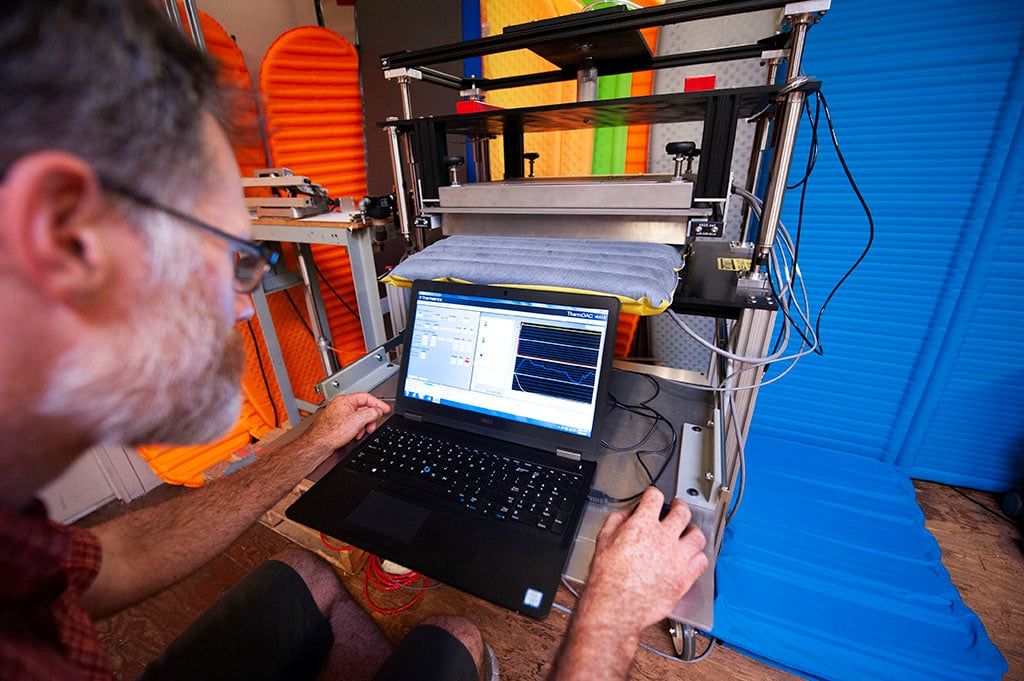
How Was Therm-a-Rest Involved?
We were one of the founding brands of the ASTM (American Society for Testing and Materials) Working Group which involved a variety of camping gear brands and retailers. Therm-a-Rest has always been an advocate for using R-value as the most objective way to measure the insulation of your sleeping pad. We’ve used this metric for decades, despite other brands rating their pads with temperature ratings. For more info on why we’ve been using R-value, check out our post on R-value vs. Degree ratings.
What Does this Mean for Therm-a-Rest Products?
The new standard uses a different test protocol and device, which means all of our pads have received new R-value ratings. Our sleeping pad’s R-value ratings did not change significantly, but there are certain trends. For example, many of our NeoAir® pads received higher R-values under the new testing standards.

Were the Old Therm-a-Rest Ratings “Wrong”?
Not at all. They were merely the results of a different procedure for conducting the R-value test. Our rating did not change much since the ASTM still measures a pad’s insulation using R-value. The fundamental construction of our pads has not changed and they retain the same level of warmth. That warmth is just defined by a slightly different number. However, other companies may see significant changes as some will be publishing R-values for the first time under the standard.
What does this Mean for Consumers?
The ASTM working group’s primary objective was to create a standard test procedure and rating system that allowed consumers to accurately compare the insulation of sleeping pads, regardless of manufacturer. As a result, major outdoor retailers now require that all sleeping pads publish ratings that adhere to the new ASTM standard.
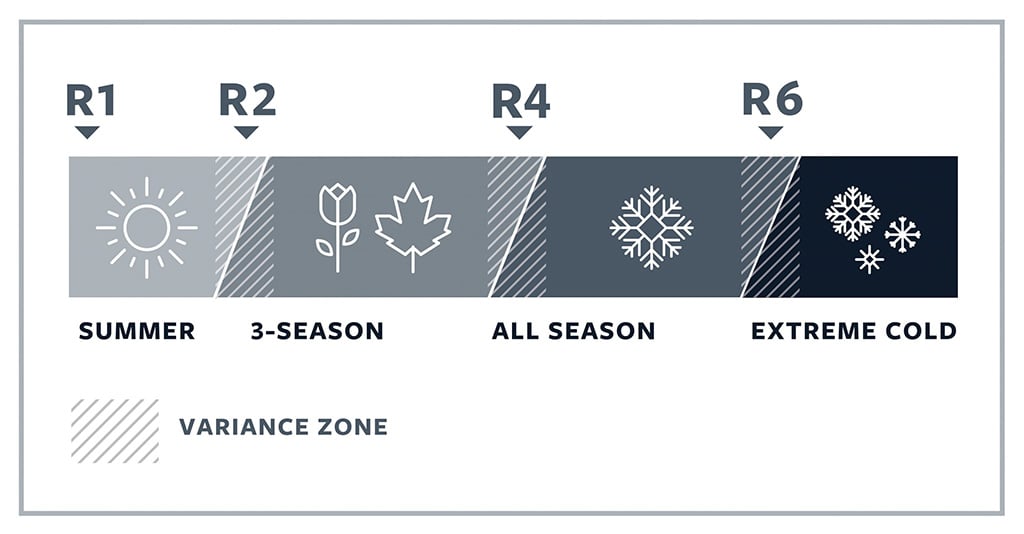
When Did the ASTM Standard Take Effect?
The standard was finalized and published in 2019. Therefore, all new Therm-a-Rest sleeping pad packaging will now feature the ASTM standard. We have the ASTM-approved testing device in our Seattle headquarters and are already looking for innovative ways to provide you with warmer and more comfortable nights at camp.
Related Posts:
- What is R-Value? | Measuring Sleeping Pad R-Value
- R-Value vs. Degree Ratings: Sleeping Pad Warmth
- Therm-A-Rest Sleeping Pad R-Value Rankings
Updated. Originally Published October 28, 2018.
